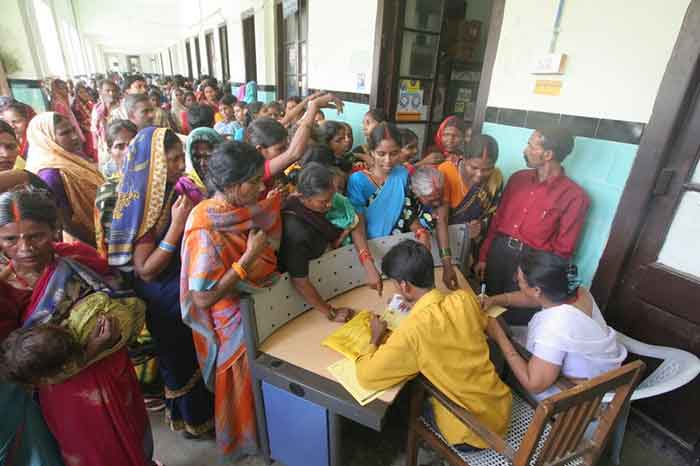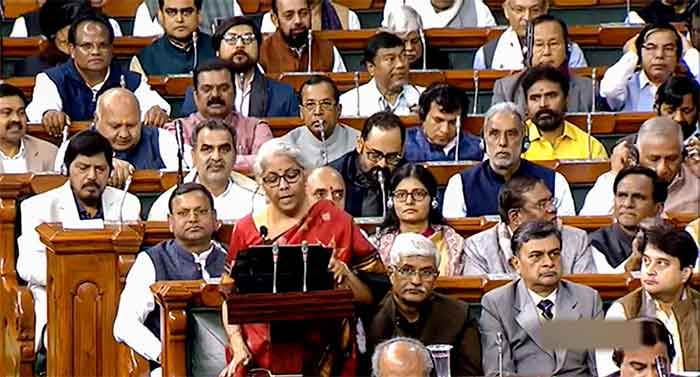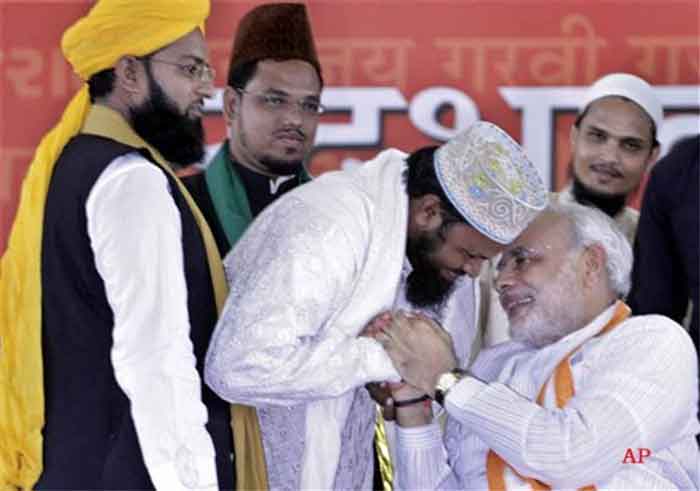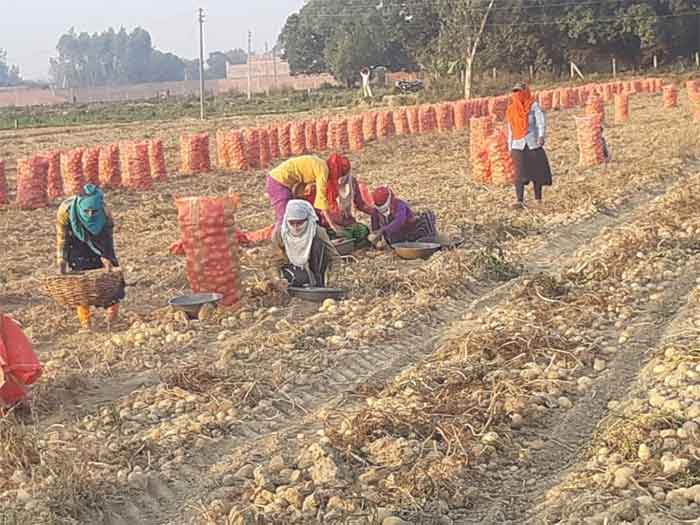
The most common description of the union budget’s allocations for health sector has been that these have increased marginally. However it would be much more appropriate to say that the health allocations have been glaringly low compared to the officially recognized projections of what is needed.
In 2017 the National Health Policy agreed that the health budget of the central and state governments combined should be at least 2.5% of the GDP. This should be accepted as only a minimal target as in many countries with a good record of health sector achievements this percentage is much higher.
In 2019 a high-level group for health sector submitted its report to the 15th Finance Commission in which it drew up a road map for achieving this target gradually, on the basis of a manageable increase per year calculated in such a way that 2.5% share of GDP can be achieved by 2025. On the basis of certain assumptions regarding rates of GDP and inflation growth, this report presented a road map of how much the expenditure on health should increase each year- expenditure on health by states as well by the union government. Hence we have estimates by this expert group for all years during the period 2020-25.
As per this data, the health budget of the union government for year 2021-22 should have been INR 178,000 crore (one crore=10 million). In fact the actual expenditure this year (the total expenditure of the Ministry of Health and Family Welfare plus the Ministry of Ayush) was INR 86830 crore. So the budget fell short of the government’s own roadmap by more than one-half, the exact shortfall being of INR 91,170 crore. During the next year 2022-23 the original allocation ( called Budget Estimate or BE) was marginally higher at INR 89251 crore, compared to the roadmap projection for this year of INR 217,000 crore. Thus the gap increased further to 127,749 crore. What is more, in the Revised Estimate, this health budget was cut to INR 81,992 crore. In other words, the gap for this year increased further by INR 7,259 crore. For 2023-24 the roadmap projection is INR 265,000 crore, while the allocation is INR 92,803 crore. Hence the gap between the roadmap projection has grown now to as high as 172,197 crore. Only about 35% of what is required by the roadmap has been allocated.
It may be asked whether the projections made on the basis of assumptions of GDP and inflation made in 2019 are still valid. Well, assumptions can never predict the future accurately and there have been divergences. Sometimes the GDP and inflation rates may be lower or higher, but these ups and downs make up for each other and on the whole the projections hold.
We may look at this data in another way too. The projection for growth for various years has also been made in terms of the share of the health budget in the GDP. While at the end of the projection period 2025 this is supposed to be 2.50%, in 2023-24, this is placed at 2.29% with 64% share contributed by states and 36% by the union budget. In other words the union health budget was supposed to equal about 0.82% of the GDP but instead the reality is that it still equals only 0.31% of GDP.
On the other hand the state governments have done much better at getting close to their target and in fact in the Revised Estimate for 2021-22 they actually achieved this, only to fall back next year. On the whole, their progress has been much better than the union government, despite many resource constraints, in terms of remaining closer to projections. If the overall progress is lagging much behind projections, the fault is much more with the union government.
Thus the union health budget has fallen much short at a time when following the pandemic related disruptions at several levels in the normal functioning of health system, including in terms of treatment and prevention of several serious diseases, there is a clear need for higher funds to make up and catch up. In community health centers in rural areas, there is a shortfall of 79.5% of specialist posts. In primary health centers (rural areas) there is a shortage of 74% regarding health assistants.
Moreover the recent emphasis has been more towards a system driven by insurance companies and private health providers, instead of concentrating more attention and resources on public health. At a wider level profiteering in the entire health system has been increasing.
Profit driven health system neglects preventive aspects, promotes waste, increases risks of wrong treatment and is least likely to use scarce resources optimally. In such a system the private sector even invades the public sector to distort its priorities.
The biggest model of such private profit and insurance driven health systems is to be found in the USA where, despite overall very high levels of income and GDP, the health needs of a large number of people cannot be met.
In his widely discussed book Doctored—Disillusionment of the American Physician’ Dr. Sandeep Jauhar, who has worked at senior positions within this system, has quoted a Congressional Investigation which found that surgeons in USA performed 2.4 million unnecessary operations resulting in 12000 deaths. The Institute of Medicine estimated that wasteful health spending (spending that does not improve health outcomes) costs $750 billion in the USA annually.
Such a greed and profit also curbs the creativity of professionals. In a survey of 12000 physicians in the USA only 6 per cent said that morale was positive. Depression levels have been high. Among all professions in the USA suicide rate is highest among physicians. One doctor lamented,” We allowed insurance companies to come between us and our patients.”
In a country like India preventive health care and social medicine may well be the most important aspect of improving health outcomes. However these will be relegated to background once the country embarks on a private sector, profit and insurance driven health model. In a review of health sector budgets the Centre for Budget and Governance Accountability has noted, “A continuous effort on the part of the Union Government to shift from healthcare provisioning to purchasing has been observed in recent years. National Health Policy 2017 coined the term Strategic Purchasing to describe a gradual conversion of the government’s role from a provider to a purchaser of healthcare services for its citizens.”
Clearly a much higher commitment to meeting health needs of people is needed , in the absence of which a large number of people are denied lifesaving treatment, or else are pushed into indebtedness while trying to arrange for this. India needs to provide much more resources for public health, apart from moving away from profit dominated model of health towards a need based model, or else the greedy profiteers will devour most of the extra resources that may be mobilized.
Bharat Dogra is Honorary Convener, Campaign to Save Earth Now. His recent books include Planet in Peril, A Day in 2071 and Man over Machine.












































